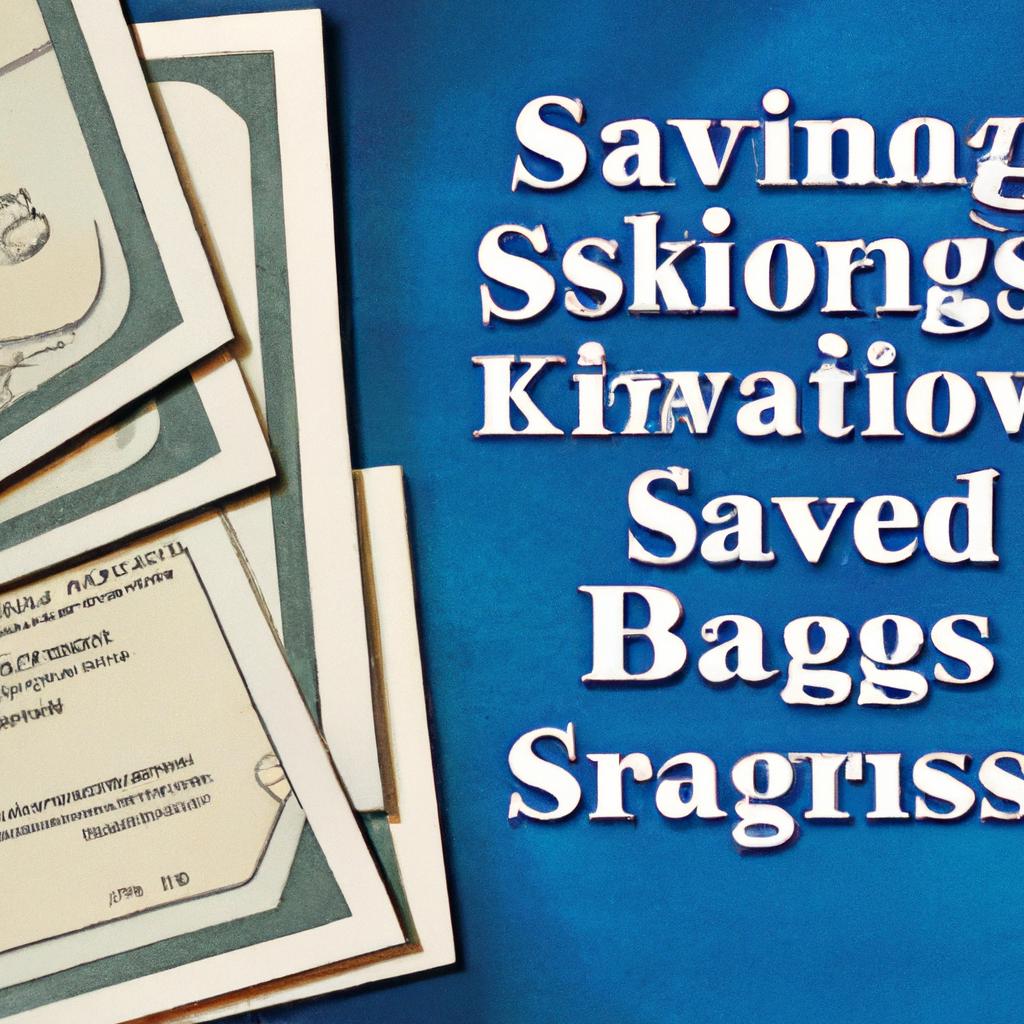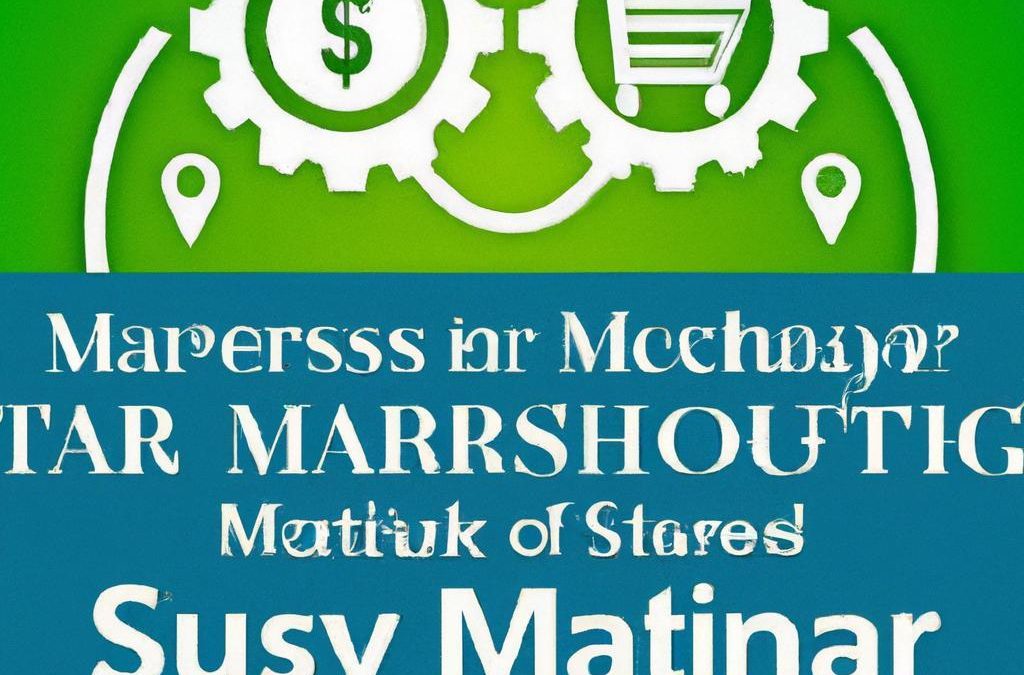
In a world where every penny counts and the allure of sales and discounts seems to beckon from every corner, mastering the art of cost-effective shopping has never been more vital. With the ever-rising costs of living and an abundance of choices, savvy savers are on the hunt for strategies that can stretch their budgets without sacrificing quality or experience. Whether you’re navigating the aisles of your local grocery store or browsing online marketplaces, the key to successful shopping lies not just in finding the best deals, but in adopting a mindset that values smart consumption. In this article, we’ll explore insightful tips and tricks that will empower you to make informed decisions, allowing you to enjoy the thrill of shopping while keeping your expenses in check. Join us as we dive into the world of strategic savings, and unlock the secrets to becoming a true master of cost-effective shopping.
Navigating Bargain Waters: Strategies for Finding Hidden Savings
Finding the best deals often requires more than just luck; it calls for a strategic approach. Start by establishing a budget that allows you to evaluate your purchases without overspending. Consider using price comparison apps to monitor costs across various retailers. These tools not only save time but also help you make informed decisions about where to shop. Develop a list of preferred stores and sign up for their newsletters for exclusive discounts and flash sales. Many retailers offer loyalty programs that reward repeat customers with points, leading to potential savings on future purchases.
Timing plays a crucial role in scoring hidden savings. Be aware of seasonal sales, clearance events, and even end-of-week markdowns, which can unveil substantial discounts on items you may already want. Don’t overlook the power of coupon stacking—combine manufacturer coupons with store promotions for maximum savings. Additionally, consider shopping during less busy hours; not only does this improve your overall experience, but it can also give you access to products before they sell out. Keep an eye on store return and price match policies, as they can further enhance potential savings by allowing you to return or adjust prices after a purchase, ensuring you’re always getting the best deal.

The Psychology of Thrift: Understanding Consumer Behavior for Smarter Purchases
Understanding the psychology behind thrift can be the key to transforming your shopping habits into a more intentional and gratifying experience. At the core of consumer behavior lies the concept of value perception—that is, how individuals perceive the worth of a product relative to its cost. This perception can be significantly influenced by emotional factors, such as the satisfaction derived from scoring a great deal or the gratification that comes with making financially savvy choices. When consumers align their purchases with their values and needs, they tend to feel a greater sense of ownership and fulfillment from their choices.
To foster a thrifty mindset, consider these strategies:
- Define Your Needs: Before shopping, make a list of essential items to avoid impulse buys.
- Research and Compare: Utilize price comparison websites to ensure you’re getting the best deal available.
- Embrace Delayed Gratification: Allow yourself a waiting period before making significant purchases to determine if you still want the item.
- Seek Alternatives: Explore second-hand shops or digital marketplaces for more affordable options.
| Tip | Benefits |
|---|---|
| Set a Budget | Prevents overspending and encourages mindful purchasing. |
| Track Spending | Helps identify patterns and areas for improvement in your shopping habits. |
| Use Cashback Programs | Maximizes savings and rewards on everyday purchases. |
Wrapping Up
As we conclude our exploration of cost-effective shopping, it’s clear that mastering the art of saving doesn’t require a magic wand—just a bit of strategy and foresight. By employing the smart tips and savvy tricks discussed, you can transform your shopping habits into a rewarding adventure, where every purchase is both intentional and economical. Remember, being a savvy saver is not just about spending less; it’s about making informed choices that align with your values and goals. So, the next time you set out to shop, let your newfound knowledge guide you. Embrace the thrill of the hunt, revel in the satisfaction of a smart deal, and watch your savings grow. Happy shopping!
















